Subway has closed hundreds of stores across Australia: What’s behind the struggles
Subway’s emergency meeting with franchisees at its 19,000 U.S. stores amid declining sales could be an indication the company is facing similar problems in Australia.
According to retail data company Geotech Information Services, the sandwich chain has more stores in Australia than rival McDonald’s, but a much smaller share of the sector’s turnover: 5.6 percent, compared to the 20.3 percent held by the burger chain as the largest player.
McDonald’s reported its first sales decline in four years earlier this month, as inflation pushed up prices and budget-conscious consumers spent less. One marketing expert noted: “If it’s bad for McDonald’s, it’s bad for the whole industry.”
Although Subway’s national sales figures are not public, a telling indicator is the number of locations in the country, which has been steadily declining in recent years.
Between 2015 and 2022, Subway closed 202 stores, a significant 14 percent of its total store area, reducing the number of stores from 1,444 to 1,242.
Registered dietitian Anna Debenham said a change in the eating habits of Australian consumers, who are ‘more aware of what’s going on in their bodies’, likely played a role.
“If you look at the options, you have salad bars, healthy Mexican restaurants, places that sell sushi rolls… “Then you have the fresh meal delivery services like HelloFresh and Marley Spoon,” Debenham previously told Daily Mail Australia.
Since then, another 22 stores have closed, bringing the number of Subway stores to 1,220. McDonald’s is approaching 1,043, despite the cost of setting up a Subway being a fraction of the cost of opening a ‘Maccas’.
Subway has called its U.S. franchisees to an emergency meeting to discuss sales and trade with the company’s Australian arm, which has closed hundreds of stores in recent years
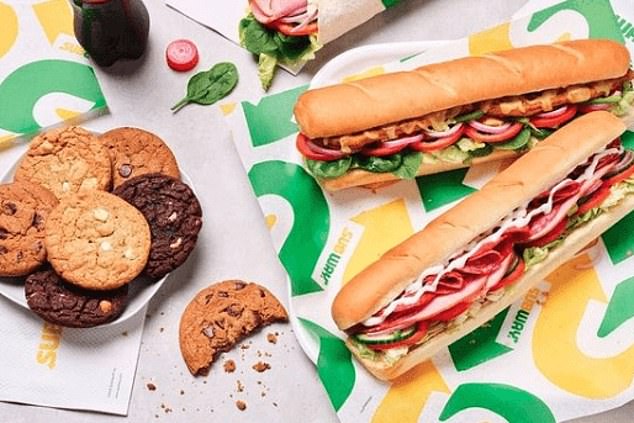
Some people online pointed to rising inflation as the reason why consumers weren’t flocking to Subway stores
Subway’s meeting with franchisees in the US is reportedly focused on ways to boost sales and refresh the company’s aging brand.
Private equity firm Roark Capital Group acquired Subway in 2023 for a reported $14 billion.
In an invitation sent to US store owners, the company said it would outline plans to win back customers and increase its faltering market share.
“This conference is essential,” read the invitation, seen by the New York Post.
‘Come and see us… to discuss the state of the industry and get an update on our activities.’
The invitation sent out last week reminds franchisees of the promotional offers being tested.
Some franchisees in the US have criticised the ‘crazy’ discounts being given when store traffic drops.
All Subway locations are franchises, with the company receiving an 8 percent royalty from the owners.
“They’re crazy with those coupons,” one of them said.
‘Our gross turnover is not even at the 2012 level, while profits then were five times as high as they are now.’
“They charge $6.99 for each sandwich when it’s $11 on the menu,” they complained about a recent promotion.
Subway doesn’t release overall sales figures, but the Eastern U.S. region, which has about 1,000 Subways, saw sales fall 8.7 percent between June 25 and July 16 compared to a year earlier. the New York Post reported.
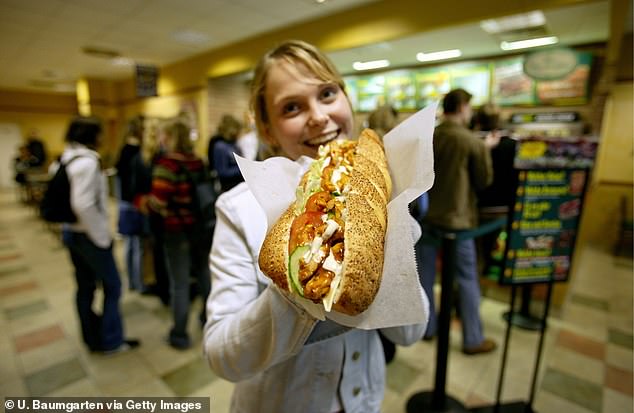
The sandwich giant is struggling with changing eating habits and the perception that its brand is outdated
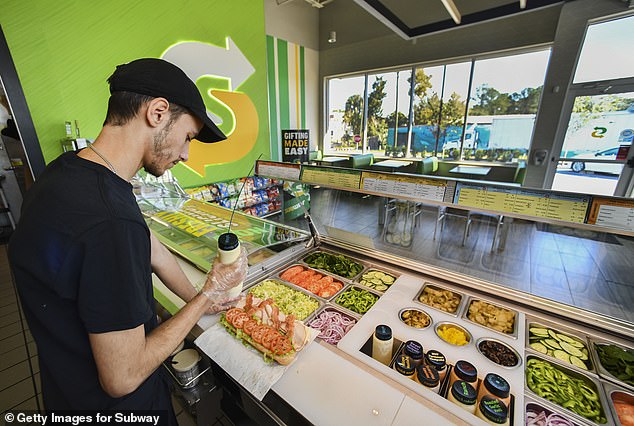
Subway franchisees claim ‘crazy’ promotions are bad for their company’s margins
A spokesperson for the chain denied that the conference was an emergency, stressing instead that “we consistently and proactively communicate with our franchisees to share business updates and plans.”
People who shared their opinions online indicated why they avoided the brand.
“Maybe Subway is calling an emergency meeting because no one wants to pay $12 for a mediocre sandwich they can make at home for $3,” wrote Douglas Boneparth, president of Bone Fide Wealth on X.
An Australian recently wrote that they ‘worked at Subway a while back and you could always get a footlong for under $10, and a six inch for under $6’.
‘A 15cm copy now costs the same as a 30cm copy ($9.95) and 30cm copies cost $15.’
“I understand it’s inflation, but it’s interesting to see how much it affects everyday items. In this case 50 percent or more for a takeaway lunch.”
Another said, “When I was in college in 2013-2015, you could buy a Turkey footlong for $7.”
“Why go to Subway when you can get something made in a cafe or a Vietnamese pork sandwich that’s much cheaper?”
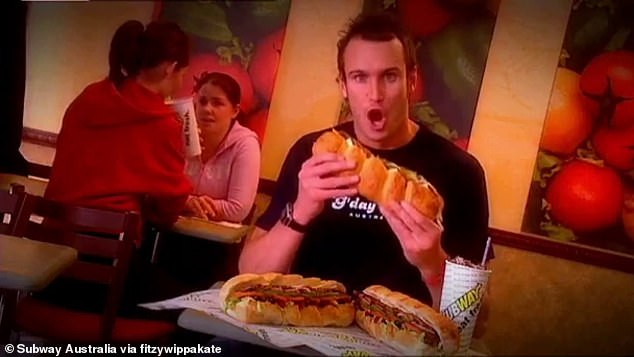
Former AFL player and Big Brother contestant turned radio DJ Ryan Fitzgerald starred in this Subway advert that aired in South Australia around 2009
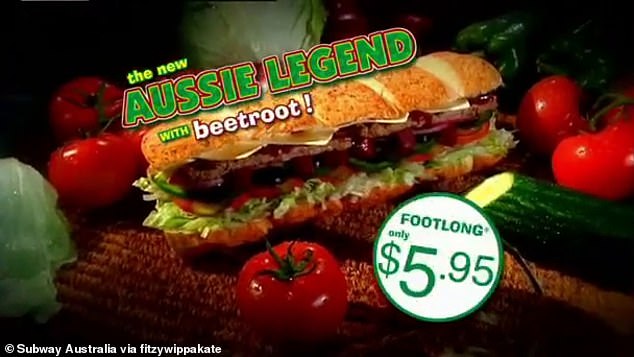
The promotional price for the beef and beet salad sandwich was $5.95, which shows how much prices have risen in 15 years
A third indicated that prices often differ per store.
“I’ve paid $10, $12, and $20 for a 12″ Pizza Sub at three different stores within a month.”
‘The cheapest one is a shopping centre in Perth and the $20 shop was a small shop near Crown Melbourne.
‘McDonald’s is up 40 percent since 2020, to $3.15+ for just a hash brown. It’s wild.’
Glenn Walford, a writer on the franchise industry, said Subway is being overshadowed by trendy eateries.
‘Guzman y Gomez is busy opening new stores, fueled by the growing demand for fresh Mexican food.’
‘In terms of brand strength, it has undoubtedly positioned itself as the ‘go-to’ offering in the niche market.’
Guzman y Gomez recently went public in an IPO, increasing its value from $2.2 billion to $3 billion at the end of its first day of trading on the ASX.

The Mexican-themed Guzman y Gomez has developed into a major disruptor in the Australian fast food market in just a few years
A few years ago, Subway Australia revamped many of its locations to reposition the brand as trendy.
The new stores feature digital menu boards, a lighter atmosphere, vegetable displays, free Wi-Fi and remote pick-up points.
The global brand Subway has faced a series of controversies, including the 2015 sentencing of former spokesman Jared Fogle to 15 years in prison after pleading guilty to child pornography charges.
In 2020, a class action lawsuit was also filed against Subway, accusing the company of misleading the public about its “100 percent tuna” products.
The case was based on laboratory tests of 20 tuna samples from 20 California restaurants. According to the court, 19 of them contained “no detectable tuna DNA sequences.”
Subway called the allegations “baseless” and the lawsuit was quietly dismissed in 2023. It received far less press than the wild claims about the tuna.
